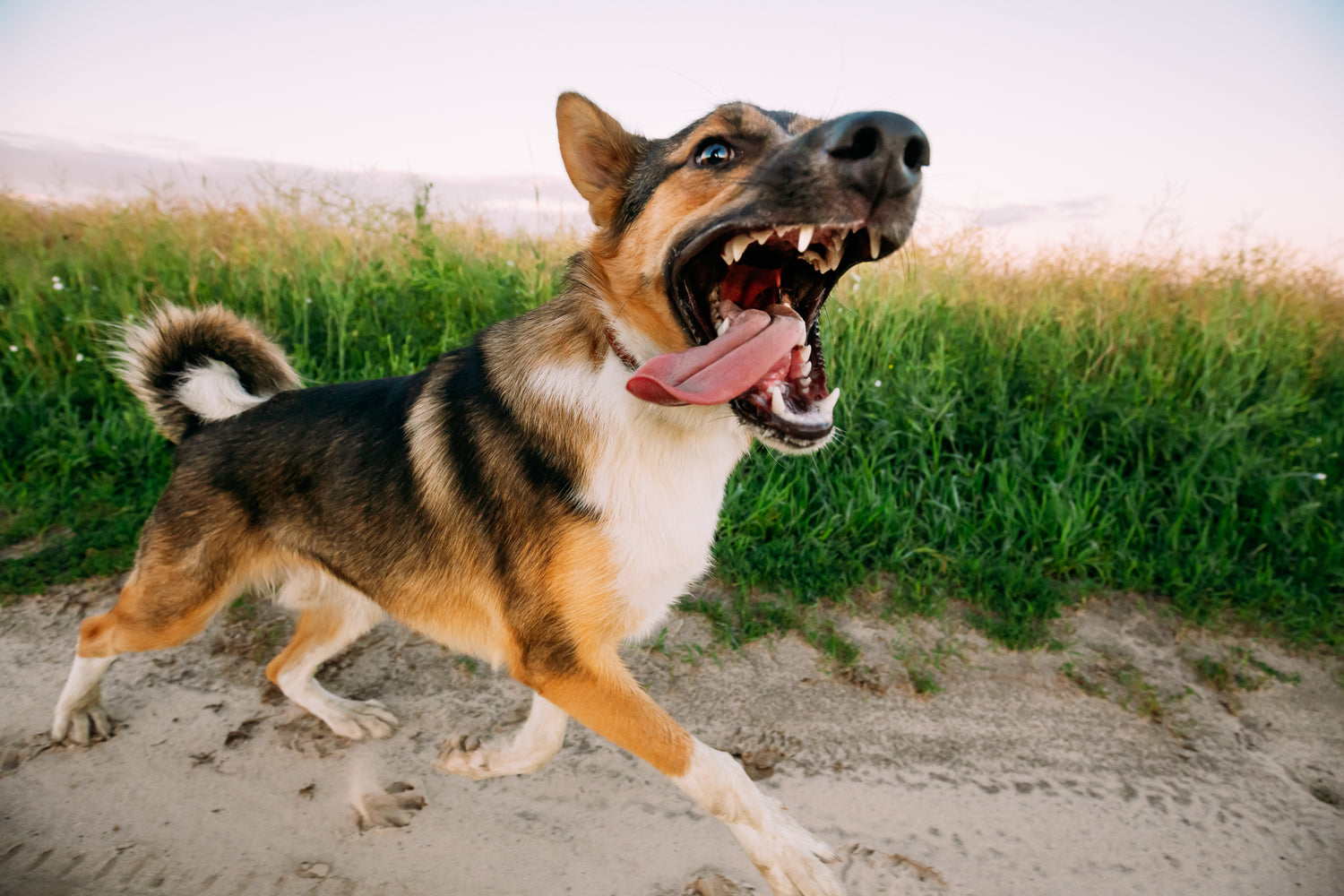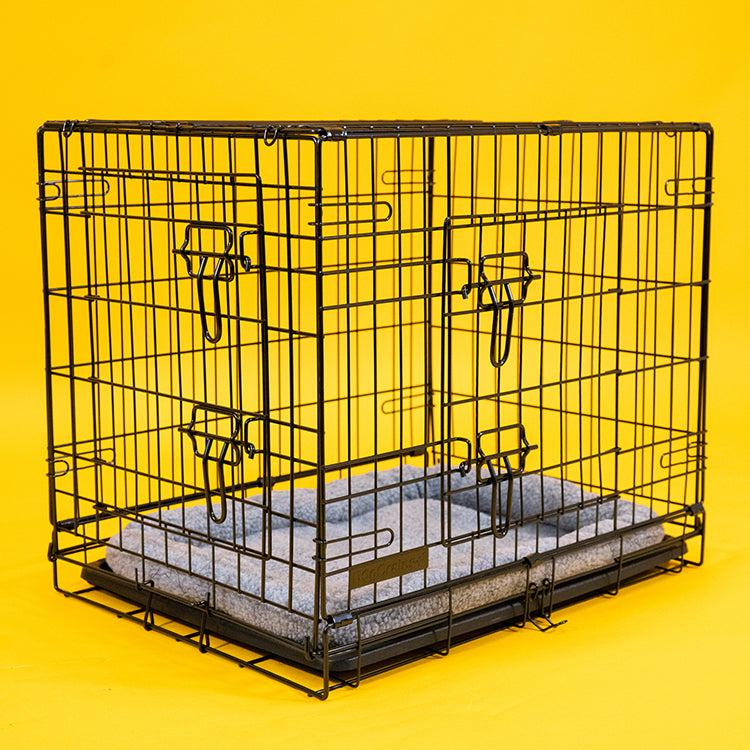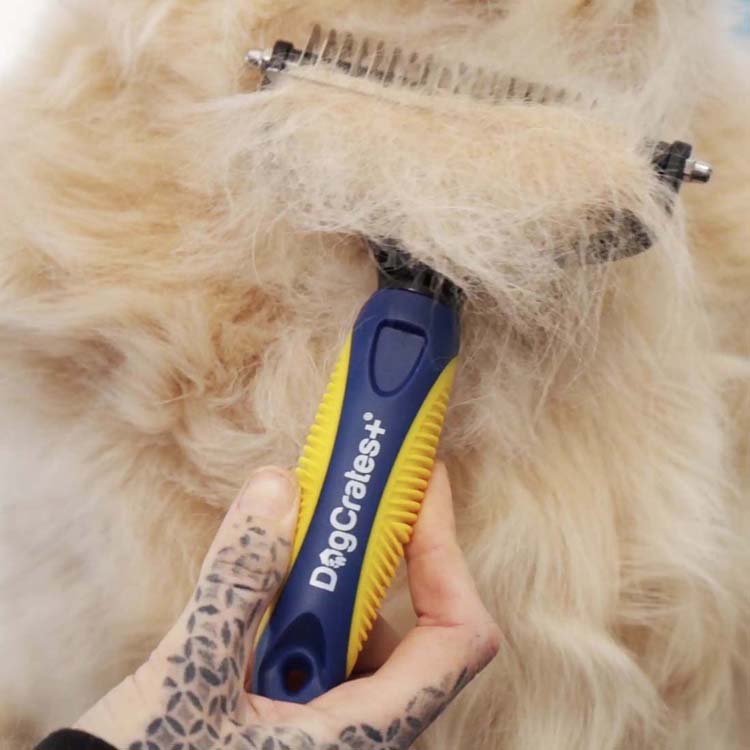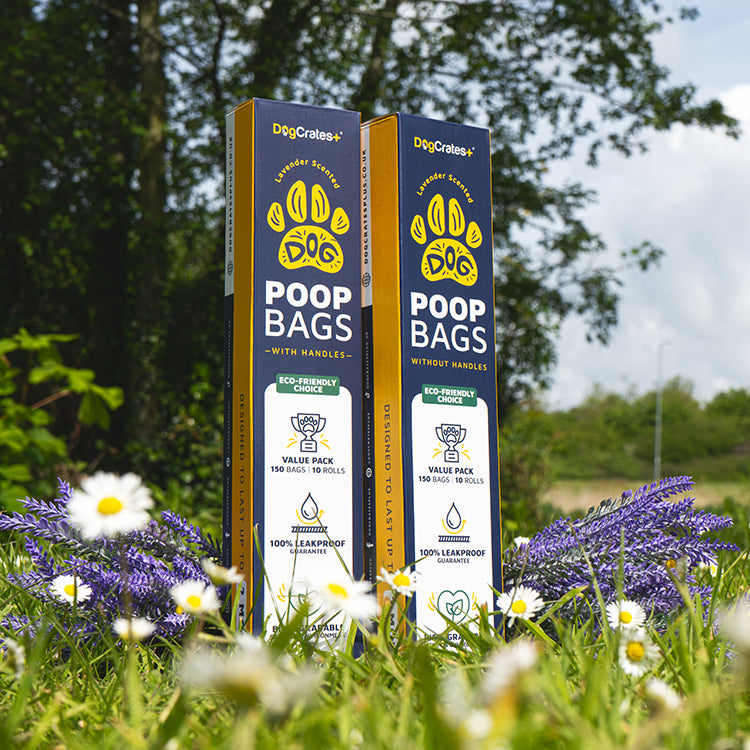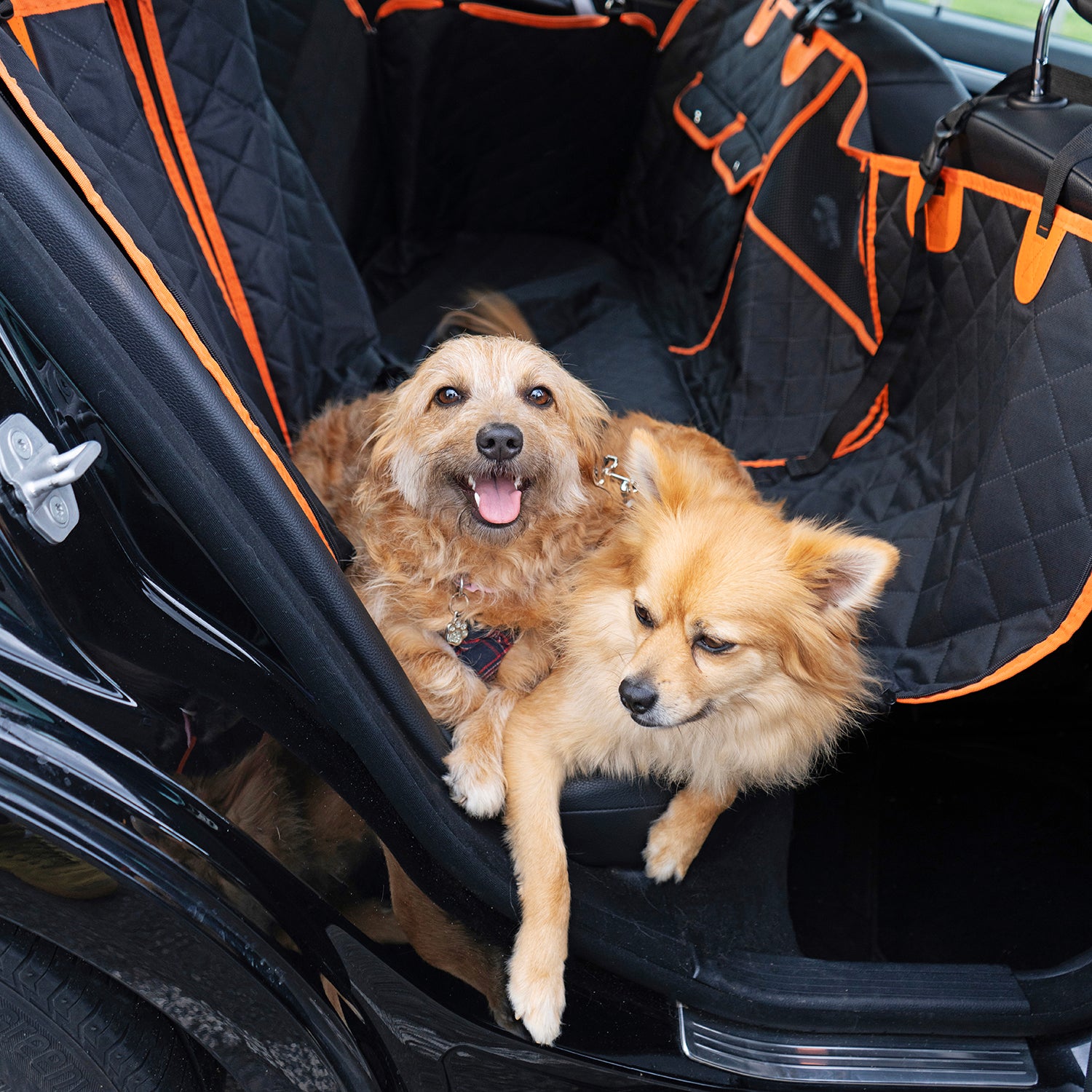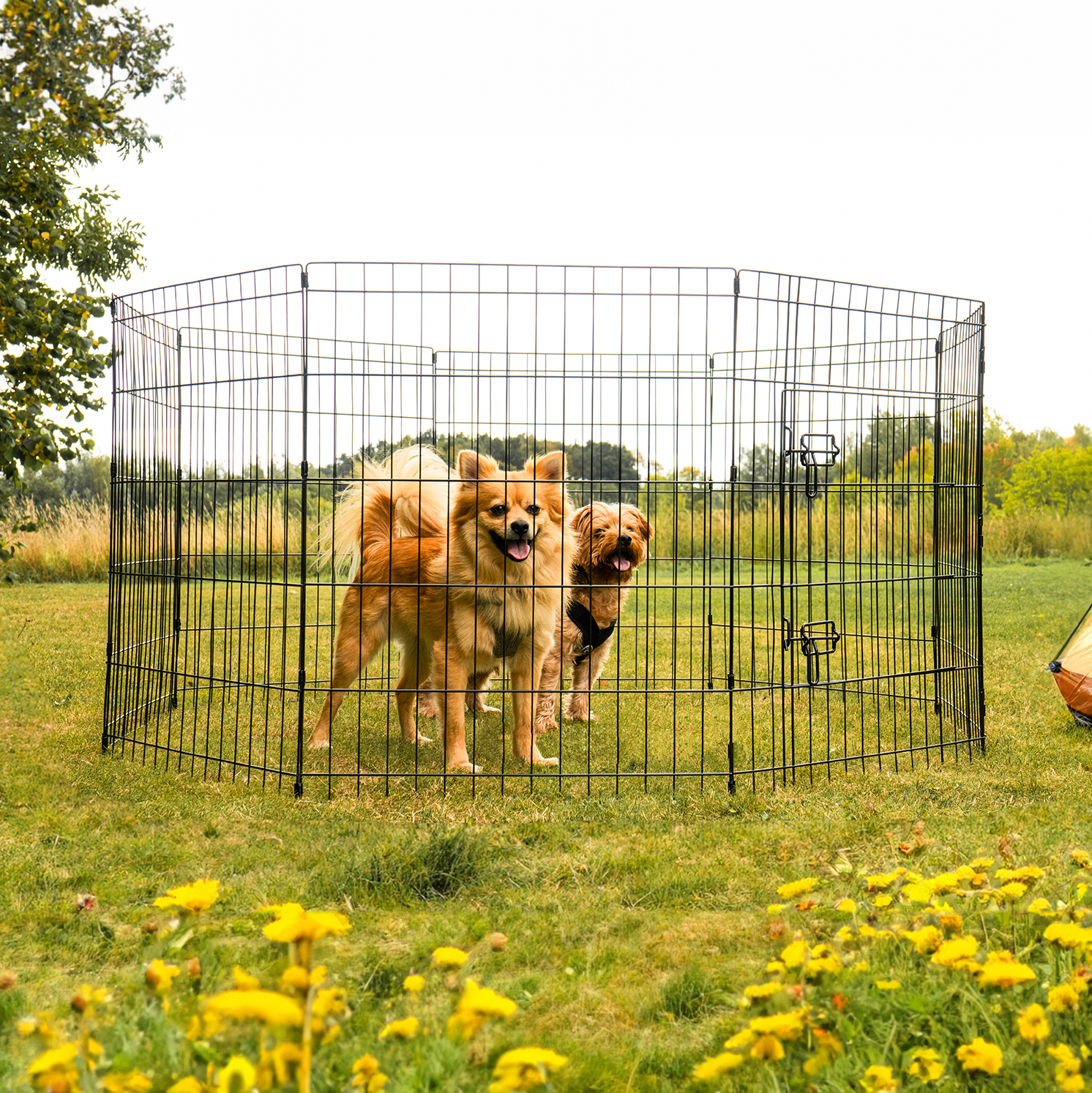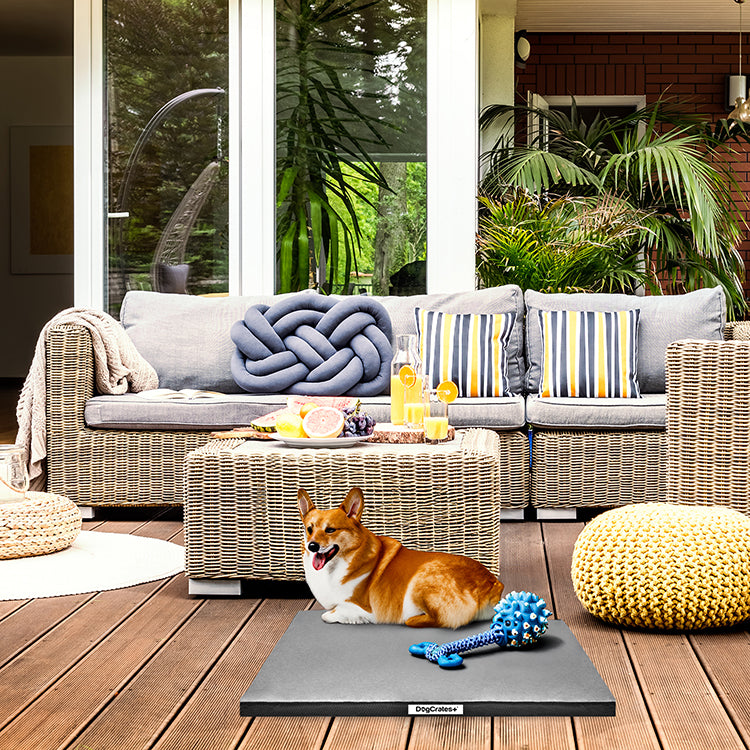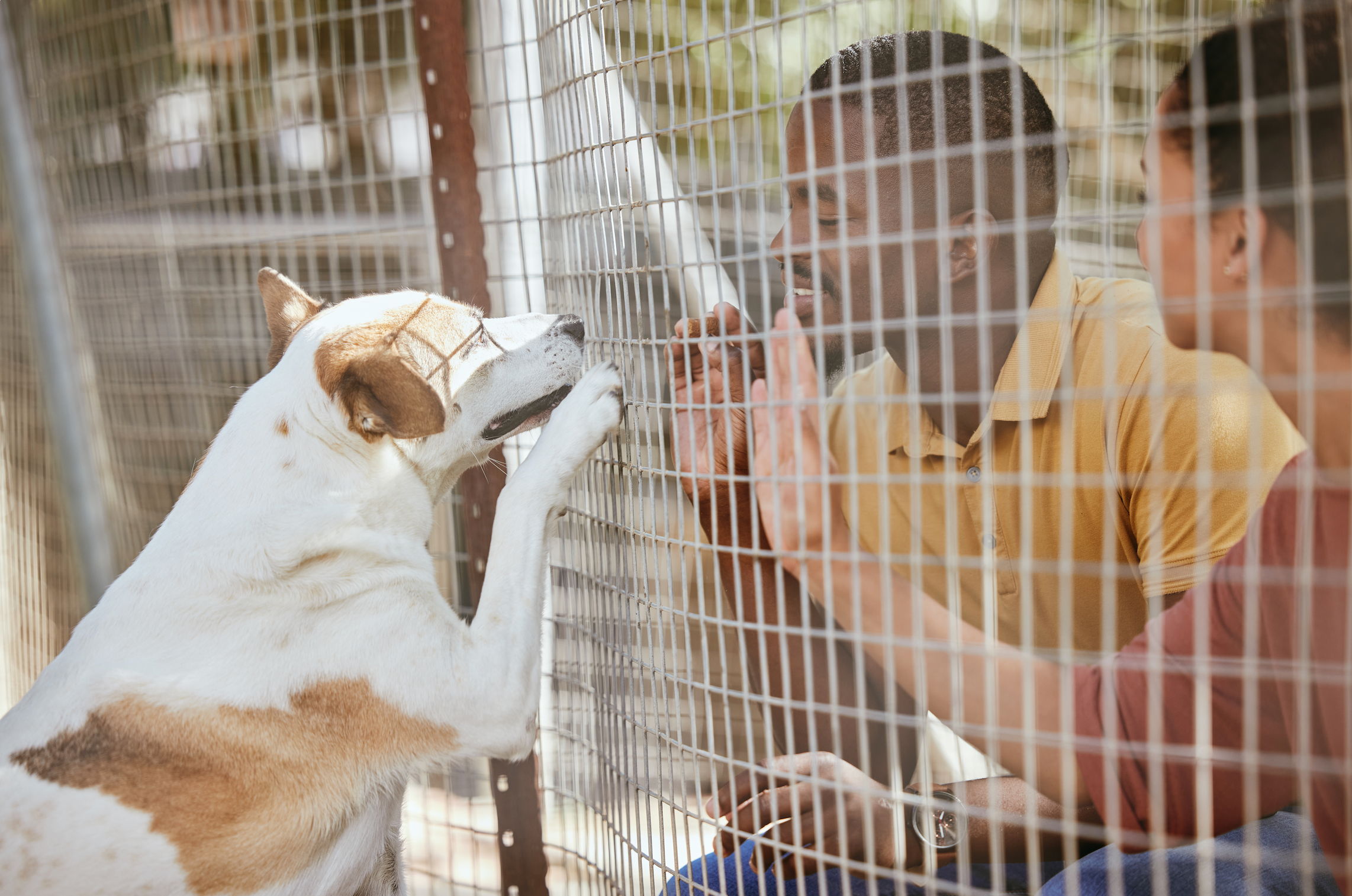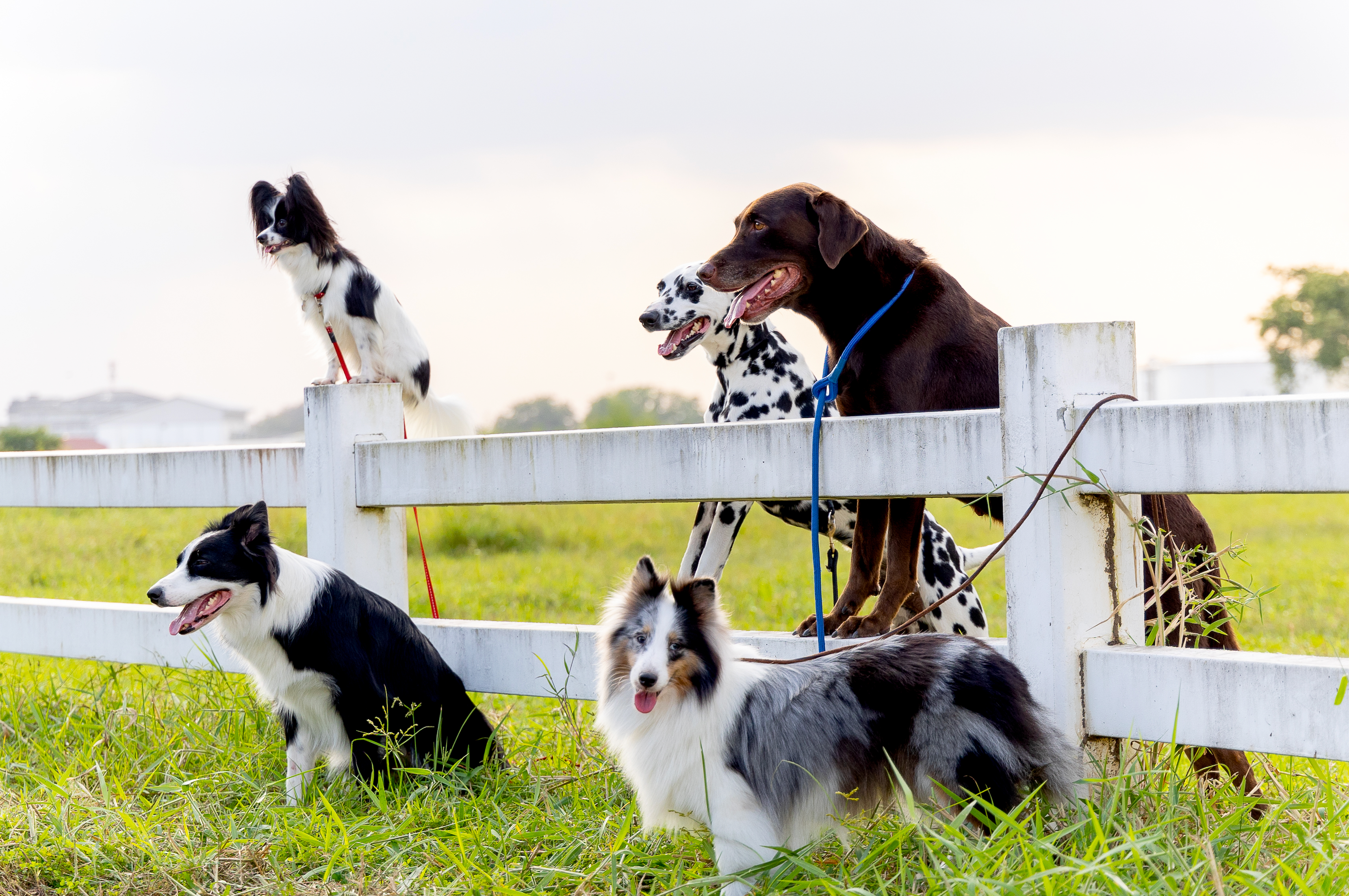As a dog owner, you probably know that dogs communicate with us by barking and whining and biting. But did you know there are other ways they communicate? Dogs have facial expressions that show how they're feeling about whatever is going on around them. And their ears tell us if they're paying attention or interested in what's going on around them. Even though dogs don't have eyebrows, they still use them to convey feelings like sadness and happiness. They also raise their inner brows when surprised or confused.
Dogs can't talk to you the way people do, but they can communicate in other ways.
Dogs use their bodies to communicate and show their feelings. They have a lot of body language that we need to learn so that we know what our dog is thinking and feeling.
EARS
Dogs use their ears to show they're paying attention or they're interested in what's going on around them. For example, if your dog is on the couch and you walk into the room with a bag of kibble, she might prick up her ears and turn toward you as if asking if it's time for dinner yet!
When a dog looks sad or anxious, it raises its ears slightly forward and down against its head (like an upside-down V). This means that your dog is worried about something going on around him/herself or with someone else nearby (like another pet). The higher up on his/her head he/she raises those ears, the more worried he/she is!
They may also use their ears to show aggression and fear, but this is rare. Dogs will often use their ears to show submission when meeting a dog bigger than them or when being scolded by an owner who has higher status than them (e.g. children).
TAIL
Tail wagging is a sign of happiness, but it can also indicate other emotions depending on how much the dog wags and where it is positioned in relation to their body. For example:
- A slow wag with no movement at all could mean boredom or frustration with something going on around them right now (e.g., if another dog won't leave them alone).
- An absentminded wag that isn't directed anywhere in particular could mean daydreaming about something pleasant from earlier today such as eating dinner together as family members.
A wagging tail can mean different things depending on how fast it moves: slow wags mean calmness while fast ones show excitement or happiness. It's important to note that dogs also use their tail when they feel threatened so keep an eye out for any changes in how fast your pup wags his tail when approaching someone new--it could be a sign that he doesn't like them!
You'll notice that when a dog is relaxed or wants to play, he will stick his tail out straight behind him, but if he's angry or scared his tail may be tucked between his legs. This can happen when you are trying to pet him and he doesn't want you to touch him at that moment in time.
EYES & EYEBROWS
Even though dogs can't talk, they still use their faces to communicate. They have a whole suite of facial expressions that show what they're feeling--from happiness and sadness to surprise and confusion.
If your dog has long hair around his/her face like poodles do then watch out for signs of happiness as well because when this happens it will actually look like there are eyebrows moving up towards those raised hindquarters - very cute indeed!
When they're interested in something or paying attention (like when you're talking), their ears will perk up, eyebrows will raise and eyes will lay on you; if they're scared or angry though, those ears will lay flat against their head as a way of showing submission, eyebrows will go down and it will be slightly closed eyes.
Knowing what a dog is feeling can help you understand how you should respond. For example, if your dog is fearful and nervous, it's important to be patient with them and give them time to adjust. If they are happy and excited, then it's probably okay for you to approach them. It's also helpful to think about why the dog might be feeling this way; if they're scared because there are other people or animals around them who are unfamiliar and/or intimidating, then perhaps giving them space would be best until things calm down.
The best part of learning about dog body language is that it helps us, dog owners, understand our furry friends better. We know when they're feeling frustrated because they're tapping their paw on the floor or pacing around the room. We can tell when they want to play because they would sit up straight with his tail wagging furiously.
Discover the Pawfect Products for Your Furry Friend - Browse our selection and find the ideal match for your dog’s needs - https://www.dogcratesplus.co.uk/

